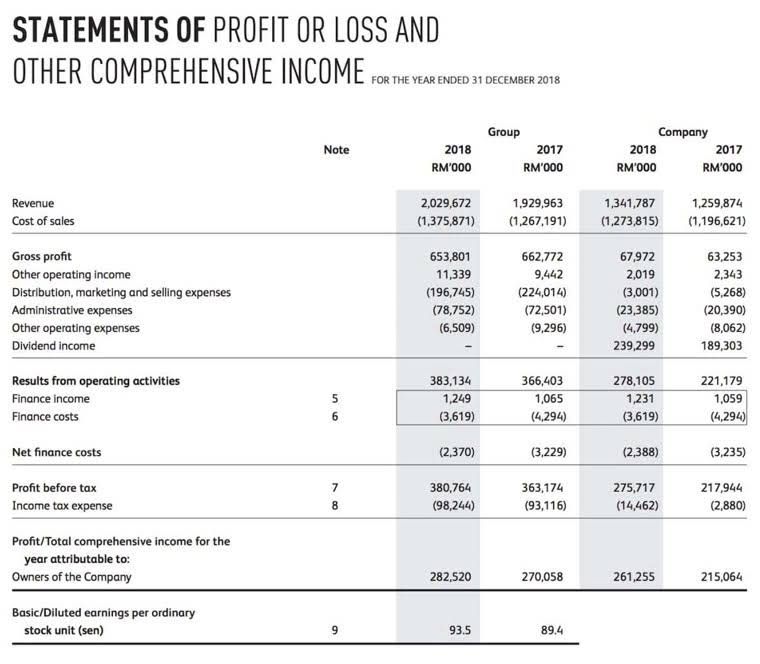
The role of unrestricted net assets in financial stability is crucial for ensuring the long-term viability of nonprofit organizations. Unrestricted net assets represent the portion of an organization’s resources that are not subject to donor-imposed restrictions, allowing nonprofits to have flexibility in allocating funds towards their mission and operational needs. These assets serve as a financial cushion, providing stability during times of uncertainty and enabling organizations to weather economic downturns or unexpected expenses.
Net assets represent assets minus any liabilities of the organization.
- They provide a measure of financial stability, enhance credibility, enable flexible resource allocation, and ensure compliance with legal and regulatory requirements.
- From year to year, an organization’s revenue and expenses may fluctuate, so an occasional year in which the organization sustains a deficit is not necessarily a harbinger of the organization’s demise.
- For nonprofit professionals looking to deepen their understanding of financial management and improve their skills in managing net assets, a variety of resources are available.
- Unrestricted net assets refer to the funds that are not subject to any donor-imposed restrictions and can be used at the discretion of the organization’s management.
- We love all kinds of net assets, though we have a special place in our hearts for unrestricted net assets.
A significant amount of unrestricted assets demonstrates an organization’s financial stability and sustainability. https://www.bookstime.com/ serve as a financial cushion for organizations, providing the necessary resources to cover day-to-day operational expenses. The primary sources include revenues generated through the organization’s operations, investment returns earned on endowments or other investment portfolios, and unrestricted donations received from supporters. These funds are not bound by donor-designated purposes or external mandates, enabling the organization to utilize them to further its mission, support ongoing operations, or invest in future growth and sustainability.
Balancing Restricted And Unrestricted Funds
With a solid grasp of these key accounting concepts, stakeholders can better appreciate how financial decisions impact the organization’s ability to achieve its mission. Calculate liquid unrestricted net assets or LUNA according to the diagram here, and divide this number by your monthly expense number to get Months of Liquid Unrestricted Net Assets. There is no magic number for how many months of LUNA an organization should have on hand, but three months is a generally recommended goal for most organizations. Your finance staff should anticipate upcoming cash needs with leadership to determine how many months is ideal for your organization.
Recap of the Importance of Understanding and Managing Net Assets in Nonprofits
- Unrestricted net assets are donations to nonprofit organizations that have no strings attached.
- In some situations, tax refunds that taxpayers are eligible for may be counted as taxable income.
- Right now, we are unable to add more types when creating an account.To make sure you’ve selected the correct type, I suggest consulting with your accountant.
- Further, providing a single lump sum balance for net assets without donor restrictions often does not tell the full story.
- These reserves can be crucial during economic downturns, emergencies, or periods of decreased funding, ensuring the organization’s sustainability and ability to continue its operations.
- Then you can track that money through your accounting system to see exactly how much is left, where it was spent, and how much value (net assets) it contributes to your organization.
In this example, net assets of $100,000 obviously does not represent cash you can spend. In the above example, net assets of $100,000 does in fact equal total assets (cash) of $100,000. The above conversation is fictitious, but it follows some of the conversations we’ve had with folks over the years. A common misperception is that net assets equals the amount of resources the organization has immediately available to spend. I don’t understand why we can’t pay the bills,” exclaimed Todd, a member of the board of directors, as he looked at the balance sheet.
The Easiest Way to Keep Tabs on Restricted Funds
However, investors using an investment strategy that aims to reduce taxable income tend to hold some of their investments in taxable accounts. We can handle your bookkeeping and accounting to deliver accurate financial statements every month that let you know which money you can spend, for which purpose, and when you can spend it. We call revenue from these sources restricted funds because you’re not free to use them however you please. From there, subtract the net assets with donor restrictions from your total to separate the two categories. The differences may seem like petty semantics, but each is based in a logical purpose. The non-profit doesn’t have owners, for example, making shareholder equity an inapplicable label.
- Understanding the categorization of net assets is fundamental in nonprofit accounting, as it directly impacts financial reporting, donor relations, and strategic decision-making.
- For the interim report, the Net Income to-date (from QB) would be counted with the amount in Available for Operations to get the unrestricted (net assets without restriction) total.
- Unrestricted net assets play a crucial role in addressing these short-term financial needs, providing nonprofits with the flexibility and stability required to navigate through uncertain times.
- By wisely managing assets, organizations can demonstrate accountability and responsible financial stewardship.
- Nonprofit organizations play a crucial role in society, addressing various needs that contribute to the public good such as education, health, social services, and cultural preservation.
- By addressing challenges proactively and adopting robust financial strategies, nonprofits can secure their financial future and continue to make a significant impact in their communities.
Dive deeper into restricted funds with our FREE course!
Temporarily restricted funds must be used for a specific purpose or within a specific period. In some cases, the money becomes unrestricted when a timeline ends or the objective is met. In other cases, unspent restricted funds may need to be returned to the grant maker or donor.
- The sum of these three classifications of net assets gives the total net assets for the non-profit.
- A healthy pool of assets serves as a cushion during times of financial uncertainty or unexpected challenges.
- The Net income from the date before gets closed to “Retained Earnings” which is often renamed to Unrestricted Net Assets.
- Nonprofit leaders, finance professionals, and board members are encouraged to engage in continuous learning and professional development in financial management.
- By setting aside a portion of these funds, organizations can create a safety net to mitigate risks and navigate unforeseen challenges.
- Both types of net assets play a crucial role in sustaining and advancing the mission of a nonprofit, but finding the optimal balance requires careful consideration and strategic planning.

In conclusion, the diligent management of net assets is essential for the success and sustainability of nonprofits. By investing in education and adhering to best practices in financial management, nonprofits can ensure they remain capable of fulfilling their valuable missions effectively and ethically. This commitment to excellence in financial stewardship not only safeguards the organization’s assets but also reinforces its credibility and integrity in the eyes of all stakeholders. It ensures that an organization can not only meet its current obligations but also secure its long-term future. This section discusses how strategic net asset management contributes to a nonprofit’s financial health and sustainability, as well as the challenges faced and potential solutions.
Organizations that effectively manage and leverage their unrestricted assets can navigate challenges, seize opportunities, and fulfill their mission with resilience and financial integrity. A substantial amount of unrestricted assets indicates sound financial management practices and builds trust among supporters who value transparency and stability. Unrestricted assets contribute significantly to an organization’s overall financial stability and sustainability. They offer a cushion that can be utilized to mitigate risks, address unforeseen expenses, and invest in long-term growth and development. In this article, we will delve into the importance of unrestricted net assets and how they contribute to the overall financial stability of an organization. Within financial management, an essential element that holds substantial significance is unrestricted net assets.
Balance Sheet
Fund accounting relies on knowing the purpose of the money received and reporting the organization’s finances based on the purpose. These agencies often collect money for a variety of purposes, such as a building fund or a mission fund. Some donors contribute funds for a specific purpose; others contribute funds for the agency to use for any reason. Fund accounting allows the organization to manage the funds according to each purpose, assuring contributors that their money will serve the purpose for which it was intended. Conversely, net assets with restrictions have to be used for a specific project, program, or other purpose at your nonprofit as stipulated by the donor or grantmaker who contributed the funding.
Maximizing the Potential of Unrestricted Net Assets for Nonprofit Success
The careful management of permanently restricted net assets is essential not only for compliance with legal and ethical standards but also for ensuring the financial and operational stability of the organization in the long run. These assets provide a foundation of financial support that can help secure the organization’s future, particularly in fulfilling its mission in perpetuity. The final category in our exploration of net asset classifications within nonprofit organizations is permanently restricted net assets.
